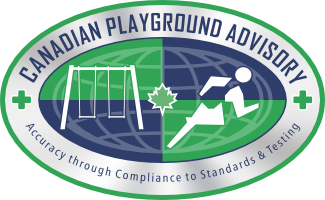General Contractors and Owners Part Ways
Vol 9, Issue 1, January 2012
Failure of a playing surface to meet standards and federal or state mandates could mean penalties, fines, liability and warranty repairs that could cost tens of thousands if not hundreds of thousands for an owner or the general contractor. Playground surfaces are highly technical and not generally understood by either prime contracting parties and failures of the system resulting in warranty claims might lead to the discovery that the system supplier;
- No longer exists or has the financial wherewithal to affect the repair.
- The terms of the original contract and supplier subcontract are not the same.
- The prime contractor must engage a new supplier at full original cost to replace an entire surface.
Most general contractors do not see themselves as taking unreasonable risks as they facilitate and coordinate all aspects of the project, including shuffling subcontractors and suppliers. They believe that the specification from the owner is technically accurate and complete with the suppliers and subcontractors understanding what is required. Sometimes the need on the part of the supplier/subcontractor to be low bid, the technical performance requirements of the main contract may not be in their work proposals. In many cases the product and performance required by the owner and that offered by the surface supplier are not one and the same and the General Contractor is left with the problem. In the past the GC relied on milestones such as substantial, total completion and the one year traditional warranty being the performance measures as the end of any responsibility for any aspect of the contract. This has all changed and the stakes can be very high and a risk that the GC is not or should not be prepared to take on.




